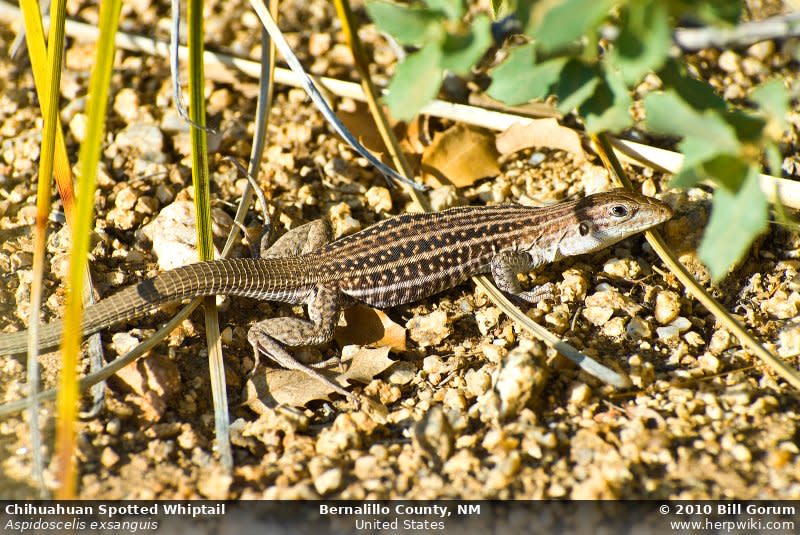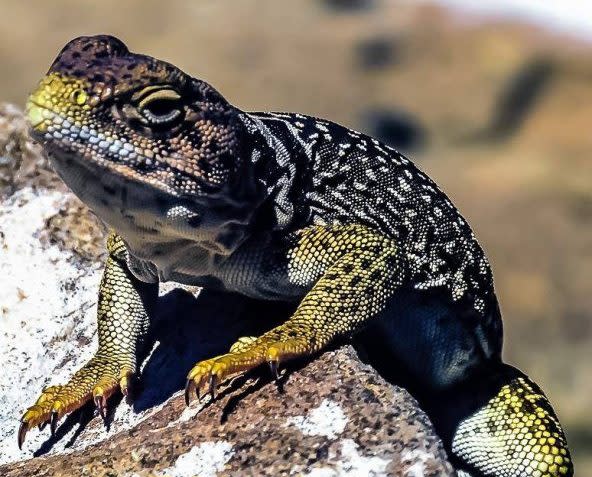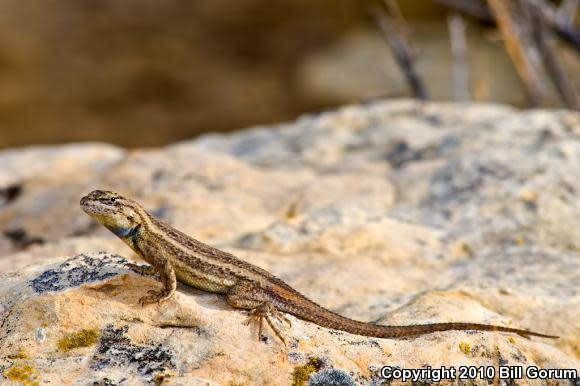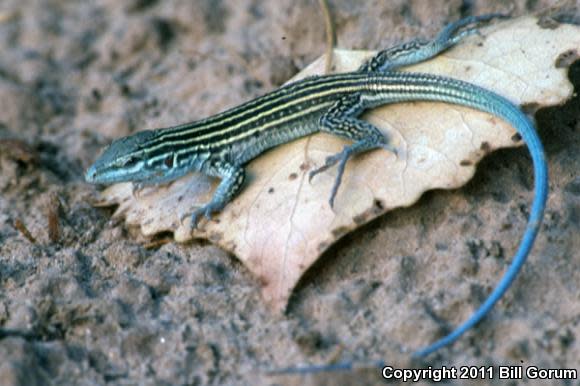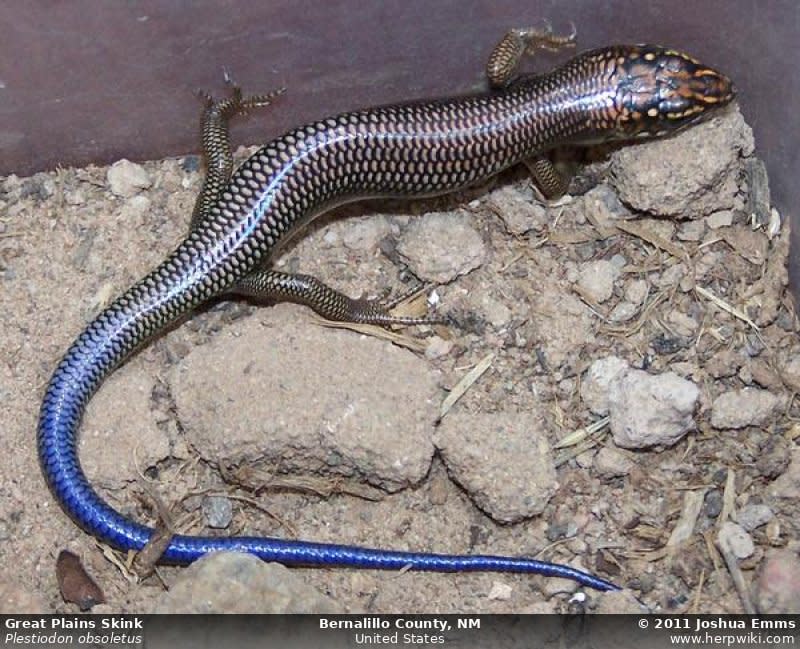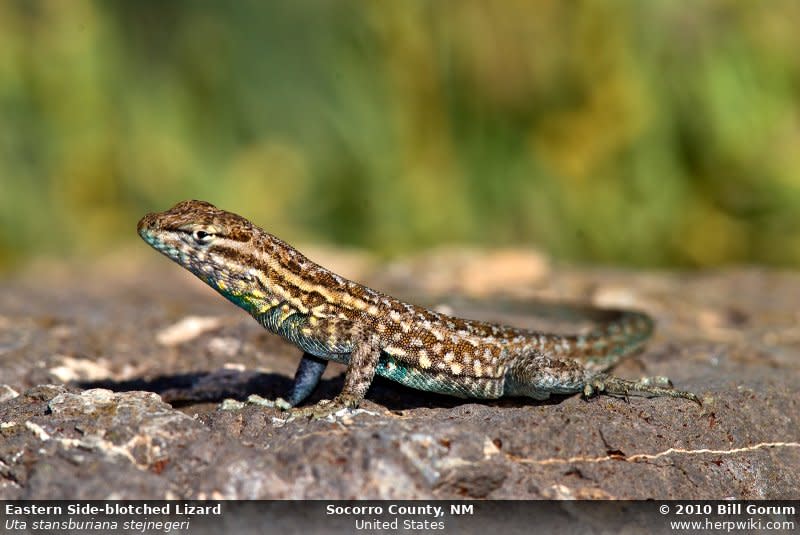What lizards are in your Albuquerque backyard?
ALBUQUERQUE, N.M. (KRQE) – Even though there are headaches that might come with the hotter weather (weeds, allergies) some cool things are happening in your front and back yards as well. This is the time of year when you’re likely to see one of the 47 species of lizards that call New Mexico home.
According to Philip Mayhew, a reptile zoologist at the Albuquerque BioPark Zoo, there are about seven species of lizards that can be found in and around Albuquerque. The most common include the Southwestern fence lizard, the Common Side-Blotched lizard, the Great Plains skink, the New Mexico whiptail, and the Chihuahuan spotted whiptail.
The lizards in the Albuquerque area mostly eat bugs smaller than they are. Most Albuquerque lizards range from 3-5 inches to about 8 inches. The Eastern Collared lizard, which is found in the foothills and near the petroglyphs, is a much larger species that can eat pretty much anything smaller than them. This can include smaller lizards and potentially small rodents. The whiptails will most likely be feeding on things like grubs and termites.
Where are all the ‘horned toads’ in New Mexico?
The whiptail is also a unique animal in that it is an all-female lizard species. They reproduce through a process called parthenogenesis where the eggs don’t need fertilization. The offspring are exact genetic clones of the mother.
While the species does not need males to reproduce, Mayhew said many of them will go through a “pseudo-reproduction.” “A female may take on some male behaviors and go through the breeding process like a male would,” said Mayhew. “They don’t need that to [reproduce] but it’s been observed.”
Mayhew said this unique feature has the possibility to hinder the species, however. “If some sort of pathogen or environmental stresses are presented on the species because there’s no genetic variation in the population, they’ll be really susceptible to something like that,” Mayhew said.
Like most wildlife, Mayhew stresses it’s best to not disturb them or pick them up. “We carry bacteria on us that is potentially transferable to them and they also bacteria on them that is transferable to us. They’re also highly susceptible to injuries from mishandling,” said Mayhew.
He said that not only are a lizard’s legs easy to break but their tails, which store fat in them to help a lizard survive the winter, can be easily broken off as well. “If they lose that, then they may not be able to hibernate well enough and they can end up dying,” Mayhew said.
Also, it’s best to leave these little guys alone if you see them in your yard. “These animals aren’t harmful, they’re not going to cause you any distress. If anything, they’re eating the pests around your house. Snakes are taking care of mice and these guys are eating termites that could be potentially harmful to your home,” said Mayhew. “Pesky bugs that we don’t necessarily want around, [lizards] will definitely help take care of those.”
Chihuahuan Spotted Whiptail | Photo by Bill Gorum Eastern Collared Lizard | Photo by Ed Swain Southwestern Fence Lizard | Photo by Bill Gorum New Mexico Whiptail | Photo by Bill Gorum Great Plains Skink | Photo by Joshua Emms Common Side-Botched Lizard | Photo by Bill Gorum
Photos courtesy of The New Mexico Herpetological Society.
